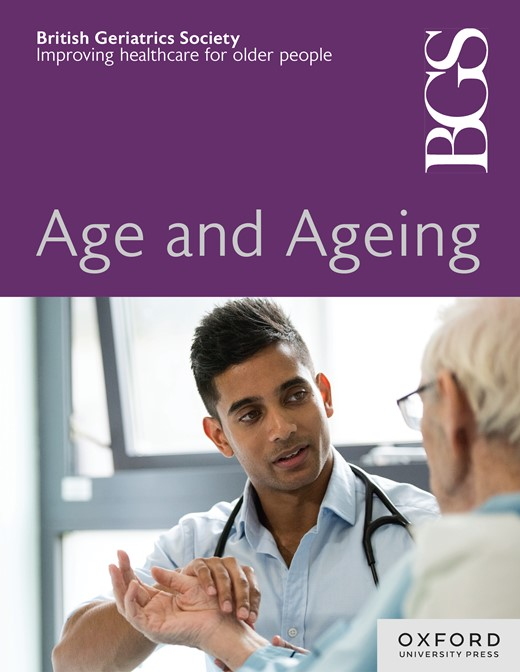Nature-based interventions for older adults: a systematic review of intervention types and methods, health effects and pathways
IF 6
2区 医学
Q1 GERIATRICS & GERONTOLOGY
引用次数: 0
Abstract
Background Nature-based interventions (NBIs) may support older adults’ health and well-being, but it remains unclear which interventions are most effective, for whom and in which contexts. The existing Wilkie and Davinson framework explains the pathways between NBIs and health outcomes but underemphasises the effects of environmental qualities. Therefore, the study aims to critically examine existing NBIs and their associated health outcomes, with a focus on identifying the environmental qualities and pathways that are either facilitating or impeding. Methods The review sought 16 databases for any nature-based interventions aimed at enhancing health outcomes where participants are older adults aged ≥65. The Mixed Methods Appraisal Tool assessed risk of bias. Narrative synthesis was used for result presentation. Results Of 6143 articles retrieved, 84 studies were included. Participants were primarily community dwelling without specific conditions. Most studies were quantitative experiments. Interventions were predominantly multicomponent, with restoring psychological capacities as the most common pathway. Spiritual, behavioural and socioecological changes were identified. Some health mechanisms were specific to outdoor interventions, but indoor interventions showed comparable outcomes. Conclusions The study predominantly included community-dwelling participants without specific health conditions, potentially limiting the generalisability of findings to older adults with multimorbidity or those in alternative living environments. Multicomponent interventions challenged direct associations between pathways and outcomes. Results extend existing frameworks by identifying spiritual, behavioural and socioecological benefits. Limited detailing of environmental qualities warrants further research to associate them with specific health outcomes. Registration The protocol was registered on PROSPERO (CRD42024496114).老年人基于自然的干预措施:干预类型和方法、健康影响和途径的系统综述
基于自然的干预措施(NBIs)可能有助于老年人的健康和福祉,但目前尚不清楚哪种干预措施最有效,对谁最有效,在什么情况下最有效。现有的Wilkie和Davinson框架解释了nbi和健康结果之间的途径,但没有强调环境质量的影响。因此,该研究旨在严格审查现有的非传染性疾病及其相关的健康结果,重点是确定促进或阻碍的环境质量和途径。方法:本综述在16个数据库中检索了旨在改善≥65岁老年人健康结果的任何基于自然的干预措施。混合方法评估工具评估偏倚风险。结果呈现采用叙事综合。结果在检索到的6143篇文献中,纳入84项研究。参与者主要居住在没有特定条件的社区。大多数研究都是定量实验。干预措施主要是多组分的,以恢复心理能力为最常见的途径。确定了精神、行为和社会生态方面的变化。一些健康机制是室外干预措施所特有的,但室内干预措施显示出类似的结果。结论:该研究主要包括没有特定健康状况的社区居住参与者,可能限制了研究结果对患有多种疾病的老年人或生活在其他生活环境中的老年人的推广。多组分干预挑战了途径和结果之间的直接联系。结果通过确定精神、行为和社会生态效益来扩展现有框架。环境质量的有限细节值得进一步研究,以将其与具体的健康结果联系起来。注册协议在PROSPERO上注册(CRD42024496114)。
本文章由计算机程序翻译,如有差异,请以英文原文为准。
求助全文
约1分钟内获得全文
求助全文
来源期刊

Age and ageing
医学-老年医学
CiteScore
9.20
自引率
6.00%
发文量
796
审稿时长
4-8 weeks
期刊介绍:
Age and Ageing is an international journal publishing refereed original articles and commissioned reviews on geriatric medicine and gerontology. Its range includes research on ageing and clinical, epidemiological, and psychological aspects of later life.
 求助内容:
求助内容: 应助结果提醒方式:
应助结果提醒方式:


